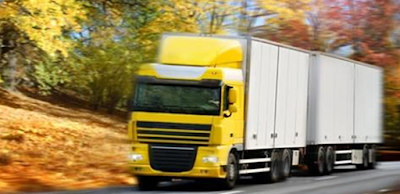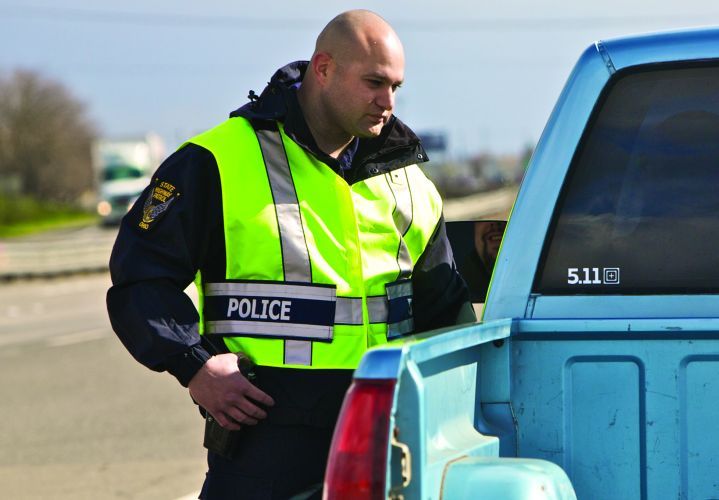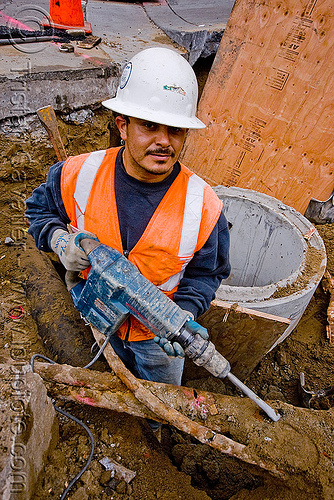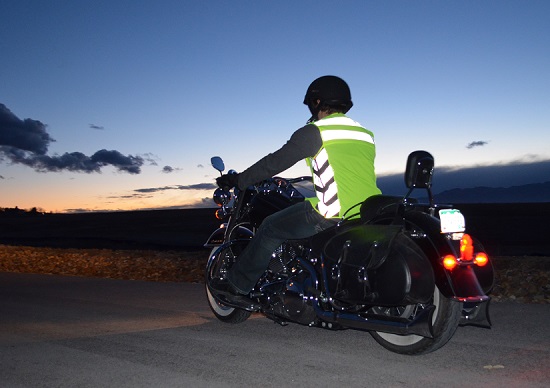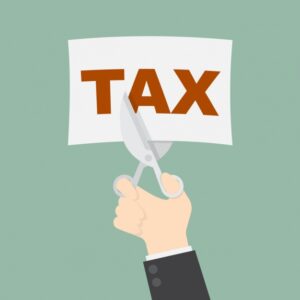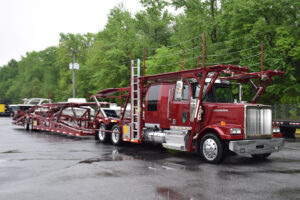A power unit that is used to transport hazardous materials in a quantity that requires placarding (see 177.823) must be equipped with a fire extinguisher having an Underwriters' Laboratories rating of 10 B:C or more.
A power unit that is not used to transport hazardous materials must be equipped with either:
- A fire extinguisher having an Underwriters' Laboratories rating of 5 B:C or more
- Two fire extinguishers, each of which has an Underwriters' Laboratories rating of 4 B:C or more
The fire extinguisher(s) must be filled and located so that it is readily available for use. The extinguisher(s) must be securely mounted to prevent sliding, rolling, or vertical movement relative to the motor vehicle.
Not only should you be carrying and mounting fire extinguishers as per the law, you should also know how they work, what the ratings mean, and be sure to know how to use them should the need arise.
Class A: used for ordinary combustibles such as wood, paper, plastics, and textiles.
Class B: used for flammable liquid and gas fires, such as oil and gasoline. They deprive the fire of oxygen and interrupt the fire chain.
Class C: used on fires that involve electrical equipment, which means that the fire extinguisher uses electronically nonconductive materials.
Class D: used on combustible metals (magnesium, titanium, sodium, and others).
For trucks, buses, and truck tractors not transporting hazardous materials, one extinguisher rated 5 B:C or more or two extinguishers rated 4 B:C or more are required. This means that the extinguishers are rated for classes B and C fires - Class B meaning it/they can be used on flammable liquids and gases, and class C meaning that it/they can be used on electrical equipment. The 4 and 5 mean that the extinguisher has 4 or 5 square feet of coverage.
Your truck must have a fire extinguisher (or two, depending on how you are meeting the legal requirement) and it must be securely mounted and easily accessible. You can't just throw the extinguisher behind your seat or leave it covered with tools in your toolbox. If your truck doesn't meet or exceed the legal guidelines, we offer fire extinguishers and mounting equipment to meet your needs. If you are looking for something specific and can't find it on our site, call us at 1-866-490-7278 and we'll help you find what you need.
At East Coast Truck and Trailer Sales, we strive to make your job safer and easier everyday. We have a variety of available safety equipment for your truck. No matter what truck you drive, we have the parts you need. Check out our towing parts, car hauling parts, DOT compliant Hi Vis Gear, or view our great selection of specials today!









